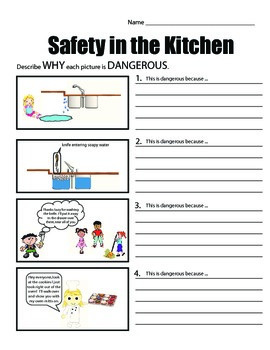
Everything except answer A, but mainly, “OFTEN.”Īnswer: Definitely E.


coli, listeria and salmonella that can turn your meals into heaping plates of food-borne illness! Fewer people around our tables - ideally, just our immediate households.īut adjusting the holidays to fight COVID-19 doesn’t mean you can’t cook a Thanksgiving meal!Īnd if you’re the chef, remember - use safe-cooking rules like, “keep hot foods hot and cold foods cold, keep meats and veggies separated during food prep, and practice good hygiene.”īecause the last thing you want to do, after fighting COVID and staying safe, is to accidentally serve up helpings of bacteria like E. Zoom and virtual visits with extended family and friends. Though the "sell by" date will probably expire during that time, the eggs will still be safe to use.Thanksgiving is definitely going to look very different this year. Store eggs in their original carton in the coldest part of the refrigerator, but not on the door when they are more susceptible to temperature changes as the door opens and closes. People with a higher risk for foodborne illness include infants, pregnant women, young children, older adults, people with weakened immune systems and individuals with certain chronic diseases. A food you safely eat might make others sick. Some people have a greater risk for foodborne illnesses. Frozen leftovers will taste best and be at best quality if eaten within about 3 months. Place food in shallow containers and refrigerate at 40° F or lower or freeze at 0° F or lower. Discard any food left at room temperature for more than 2 hours or 1 hour if the temperature is above 90° F. Cooking meat and poultry to the recommended internal will make them safe to eat. Washing increases the danger of cross-contamination by spreading bacteria present on the surface of meat and poultry to nearby ready-to-eat foods, kitchen utensils and counter surfaces. A small amount of some bacteria, such as of E. why risk getting sick? A "tiny taste" may not protect you. However, don't count on your taste, smell, or sight to tell you if a food is safe to eat. When melons are cut, these bacteria are transferred to the part we eat. Bacteria present in soil can contaminate the outside of melons.

Buy an inexpensive appliance thermometer for both your fridge and your freezer check them often. Keep your refrigerator at 40° F or below. Food will be safe indefinitely at 0° F though the quality will decrease the longer it is in the freezer. Department of Agriculture recommending using eggs? Question 8: For best quality, how soon after purchase does the U.S. Question 7: If you've never gotten sick from food that you prepare - even though you don't follow "food safety guidelines" - could it make someone else sick? Question 6: How long should you store leftovers in the refrigerator? Question 5: Should you wash raw meat and poultry before preparing it? Question 4: If a food tastes OK, is it safe to eat? Question 3: Since only the inside of melons (such as watermelon) is eaten, does their outer rind need to be washed? Question 2: What temperature is recommended for your refrigerator? Question 1: How long will food stored constantly at 0° F remain safe? Many people don't know the answers to the 8 questions on this food safety quiz.


 0 kommentar(er)
0 kommentar(er)
